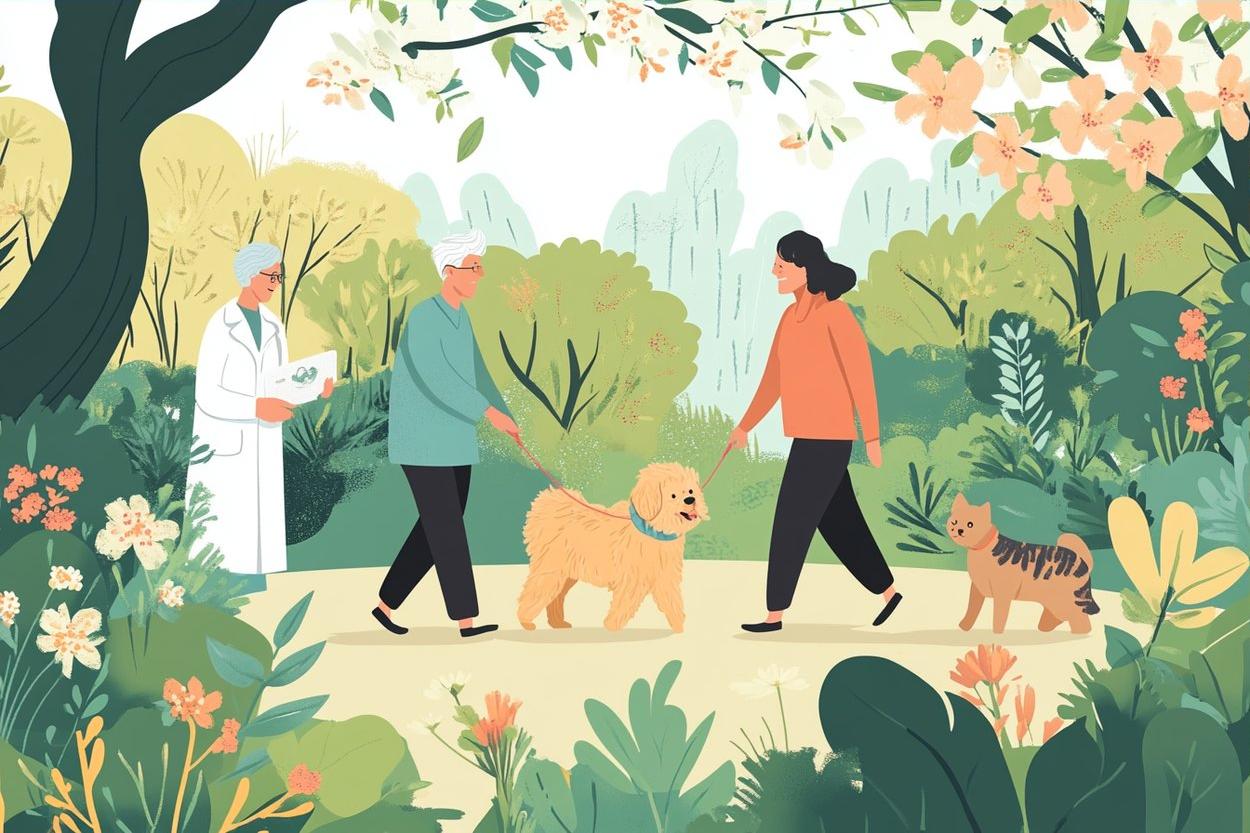Emergency First-Aid Steps Every Pet Owner Can Use
Accidents and sudden illness can occur without warning. Pet owners who know a few basic first-aid steps can stabilize their animals, reduce pain, and improve outcomes while arranging professional veterinary care. This overview covers immediate actions, safety, preventive wellness, and the records and local services to keep accessible.

Unexpected injuries or sudden illness in pets require calm, practical action to protect the animal and enable timely veterinary care. This guide describes immediate first-aid actions — assessing breathing, controlling bleeding, stabilizing fractures — and emphasizes prevention, documentation, and when to involve a veterinary clinic. Keeping a prepared first-aid kit, up-to-date vaccination and microchip records, and local services contacts improves response speed and coordination with your veterinarian.
This article is for informational purposes only and should not be considered medical advice. Please consult a qualified healthcare professional for personalized guidance and treatment.
When to contact a veterinary professional
Recognize emergencies that need immediate veterinary attention: severe or uncontrolled bleeding, difficulty breathing, unconsciousness or collapse, repeated seizures, suspected poisoning, deep puncture wounds, or inability to move. Pets with chronic conditions, recent surgery, or advanced age (seniorcare) may need faster escalation. Contact your primary veterinary clinic, an emergency veterinary hospital, or local services in your area. Have vaccination and microchip details ready so staff can triage efficiently and understand any preexisting medication or wellness concerns.
Managing immediate safety risks and behavior
Before administering care, ensure safety for you and the animal. Injured pets may bite or scratch out of fear or pain; use a muzzle, towel, or gentle restraint only as appropriate. Approach calmly and speak softly to reduce stress; socialization and training practices can make handling in emergencies easier. Move the pet only if there is an imminent hazard, such as a busy road or unstable structure. For displaced or aggressive animals encountered outdoors, contact local shelter or rescue resources to coordinate safe handling and potential adoption or reunification steps.
Breathing, bleeding, and basic wound steps
Check airway and breathing first. If the pet is not breathing, start CPR only if you are trained; otherwise, seek immediate veterinary guidance. For severe bleeding, apply direct pressure with clean gauze or cloth and maintain pressure until the bleeding slows. Avoid using a tourniquet unless trained. For wounds, gently clean around the area to remove debris and cover with a sterile dressing to reduce contamination. Dental trauma requires careful handling—control oral bleeding with gauze and bring dental history to the veterinarian for appropriate care.
Fractures, mobility issues, and seniorcare
If you suspect a fracture or spinal injury—visible deformity, swelling, or reluctance to move—minimize movement. Create a temporary splint using rigid materials and padding to immobilize a limb, or transfer the pet on a flat board to keep the spine aligned. Pets with mobility limitations or seniorcare needs benefit from supportive measures such as slings or ramps to reduce fall risk. Maintain grooming to prevent mats that hide wounds and adjust exercise and enrichment routines to protect joints and preserve mobility during recovery.
Prevention: vaccination, parasite, dental, spay/neuter
Prevention reduces emergency risk. Keep vaccination schedules current to protect against infectious diseases, use parasite control to prevent ticks and fleas, and maintain regular dental care to avoid oral emergencies. Spay and neuter procedures can lower certain injury and illness risks. Balanced nutrition, appropriate exercise, and behavioral training and enrichment reduce stress-related incidents like fights or escapes. Register and update microchip information and maintain records from adoption or shelter origins to ensure continuity of care.
Aftercare, microchip, adoption records, and wellness follow-up
After stabilization and veterinary treatment, follow prescribed wound care, medication schedules, and activity restrictions. Monitor for signs of infection, behavioral changes, or delayed complications and keep follow-up appointments for reassessment. Keep detailed records of treatments, dental work, parasite prevention, and vaccination dates to support long-term wellness planning. If your pet came from an adoption or shelter, ensure those records and microchip registrations are transferred to your primary veterinary practice. For rehabilitation, incorporate recommended training, enrichment, and mobility-focused routines to support recovery.
In summary, basic first-aid knowledge—how to assess breathing, control bleeding, immobilize injuries, and maintain safety—helps pet owners provide immediate, effective support until professional veterinary care is available. Preventive care such as vaccination, parasite control, dental hygiene, microchipping, spay/neuter procedures, balanced nutrition, training, and regular wellness checks reduces emergency risk and supports long-term mobility and behavior. Keep an updated first-aid kit, local services contacts, and accessible records so you can act quickly and confidently when an incident occurs.





